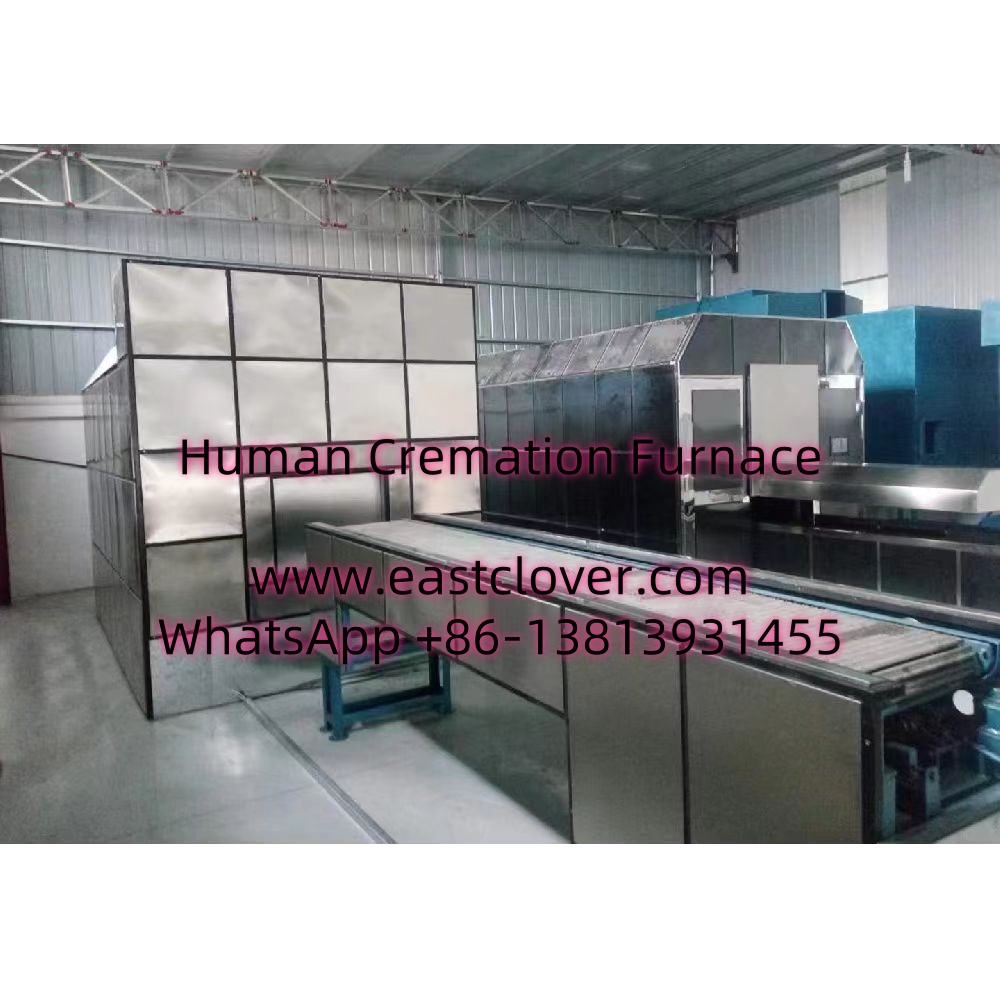Introduction
Africa has faced numerous public health crises, from Ebola and cholera to COVID-19, where the management of human remains became a critical challenge. Traditional burial practices, while culturally significant, often clash with the urgent need to contain infectious diseases. Cremation furnaces have emerged as a potential tool to address these challenges, balancing public health imperatives with the preservation of human dignity.
The Role of Cremation in Crisis Management
During epidemics, rapid and safe disposal of bodies is essential to prevent disease transmission. Cremation furnaces offer a controlled method to reduce biological hazards, particularly in regions where burial spaces are limited or groundwater contamination risks are high. Modern cremation systems are designed for scalability, enabling governments and NGOs to deploy them swiftly during emergencies.
- Containment: Cremation destroys pathogens, reducing the risk of post-mortem transmission.
- Efficiency: High-capacity furnaces can process remains quickly, easing pressure on overwhelmed healthcare systems.
- Environmental Safety: Mitigates soil and water pollution linked to mass burials.
Public Health Benefits
The World Health Organization (WHO) emphasizes safe burial practices during outbreaks, but cremation provides an alternative when logistical or cultural barriers arise. For diseases like Ebola, where bodily fluids remain infectious, cremation minimizes contact risks for healthcare workers and communities. It also addresses overcrowding in urban areas, where traditional burials may not be feasible.
Preserving Dignity in Crisis
Cultural sensitivity is paramount. In many African societies, burial rites are deeply tied to identity and spirituality. Cremation must be introduced with community engagement, ensuring rituals are adapted rather than abandoned. For example, during Sierra Leone’s Ebola outbreak, families were allowed to witness cremations virtually, maintaining a connection to the deceased while prioritizing safety.
Case Studies
Ebola in West Africa (2014–2016)
Liberia and Sierra Leone mandated cremation to curb transmission, despite initial resistance. Over time, community-led education campaigns improved acceptance, highlighting cremation’s role in protecting the living.
COVID-19 in South Africa
With burial sites overwhelmed, portable cremation units were deployed. Authorities collaborated with religious leaders to design hybrid ceremonies, blending tradition with safety protocols.
Challenges and Considerations
- Cultural Resistance: Requires dialogue and trust-building with local leaders.
- Infrastructure Costs: High initial investment and maintenance for cremation facilities.
- Environmental Impact: Emissions must be managed through filters and sustainable fuel sources.
www.southclover.com
Cremation furnaces are a pragmatic solution for epidemic response in Africa, offering a balance between public health safety and respect for the deceased. Success depends on culturally informed policies, community collaboration, and investment in scalable technologies. As the continent faces future crises, integrating cremation into emergency preparedness plans could save lives while upholding dignity.
FAQs
Why choose cremation over burial during epidemics?
Cremation reduces disease transmission risks by neutralizing pathogens and avoiding environmental contamination from burials.
How can cremation respect cultural traditions?
By involving communities in planning, adapting rituals (e.g., virtual ceremonies), and ensuring transparent processes.
Are cremation furnaces environmentally safe?
Modern systems use filters and cleaner fuels to minimize emissions, though ongoing innovation is needed.
What are the cost barriers?
Initial setup costs are high, but partnerships and modular designs can improve accessibility.
Has cremation been accepted in African communities?
Acceptance varies, but education and inclusive dialogue have shown success in regions like Sierra Leone and South Africa.

Comments are closed